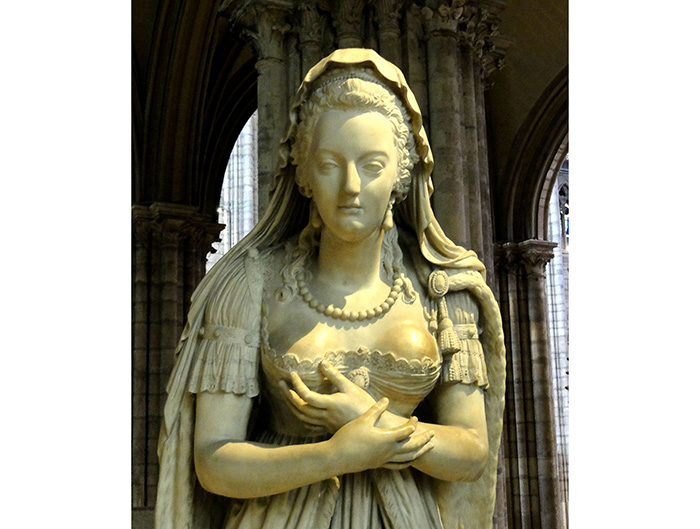By P.poschadel — Commons.wikimedia.org
French scientists have deciphered edited love letters of Marie Antoinette, the Associated Press reported.
Scholars believe that they were personally edited by her alleged lover, the Swedish Count Axel von Fersen. They were sent to her close friend and alleged lover, the Swedish Count Axel von Fersen. The content of some of the letters was changed with darker ink than the original, and the purpose was most likely to soften the language of love.
Scientists are applying a new method to decipher the original text by dividing the chemical composition of the inks used in writing historical documents.
In this way, they arrive at the original words written by Marie-Antoinette, and even manage to identify the person who deleted them – it was Ferzen himself.
The two corresponded for two years after the French Revolution in 1789. At that time, the Queen and King Louis XVI were living under surveillance at the Tuileries Palace and had just failed in an attempt to escape from house arrest.
In eight of the 15 analyzed letters, sufficient differences in the chemical composition of the inks were found – in the ratio between iron, copper and other elements, so that scientists could reconstruct the original text.
Researchers are pleased that the new technology allows them not only to reveal the edited words, but also the identity of the one who changed them. They are adamant that Ferzen made the corrections, because the composition of the ink from his letters is similar to that with which the corrections were made. The motives for the edits remain unclear.
Deleted words such as “crazy” and “beloved” do not change the general meaning of the correspondence.
“People used very colorful language at the time – but these are really strong and intimate words. We know from this text that there was a love affair,” said Anne Michelin of the Sorbonne, who co-authored the study. Science Advanceis.
Marie-Antoinette and Ferzen met in France when they were both 18 years old. They kept in touch until her death. He never married.
Photo: Statue of Marie Antoinette in the Basilica of Saint-Denis near Paris (iStock by Getty Images)












